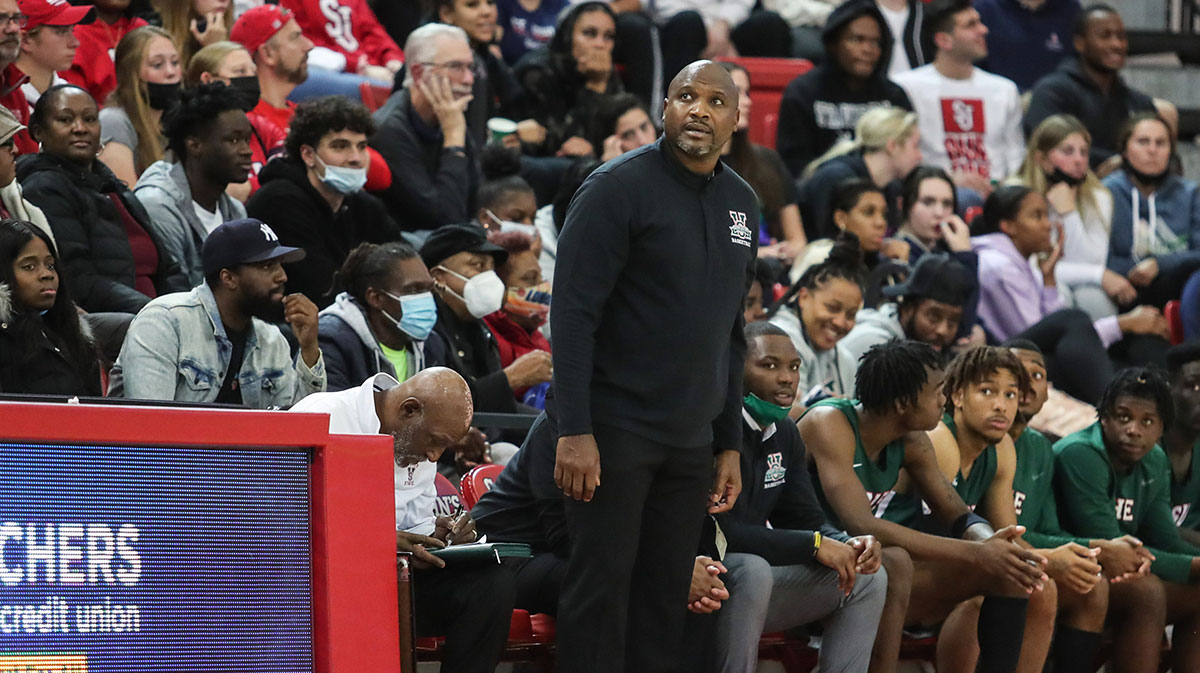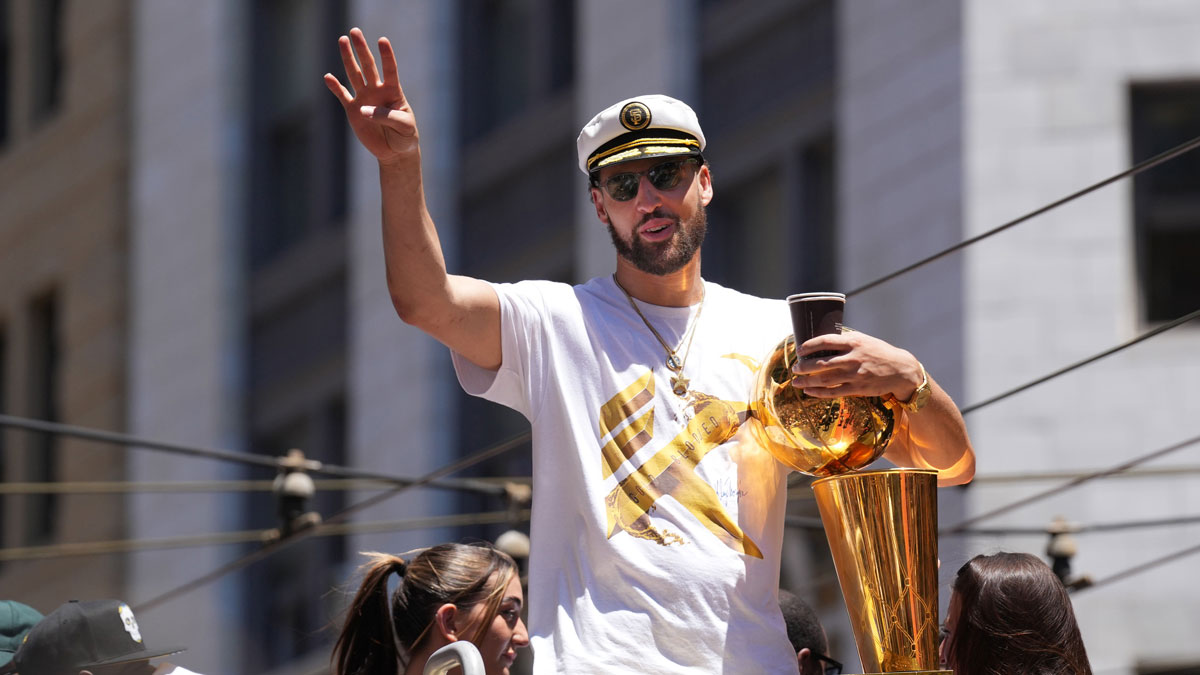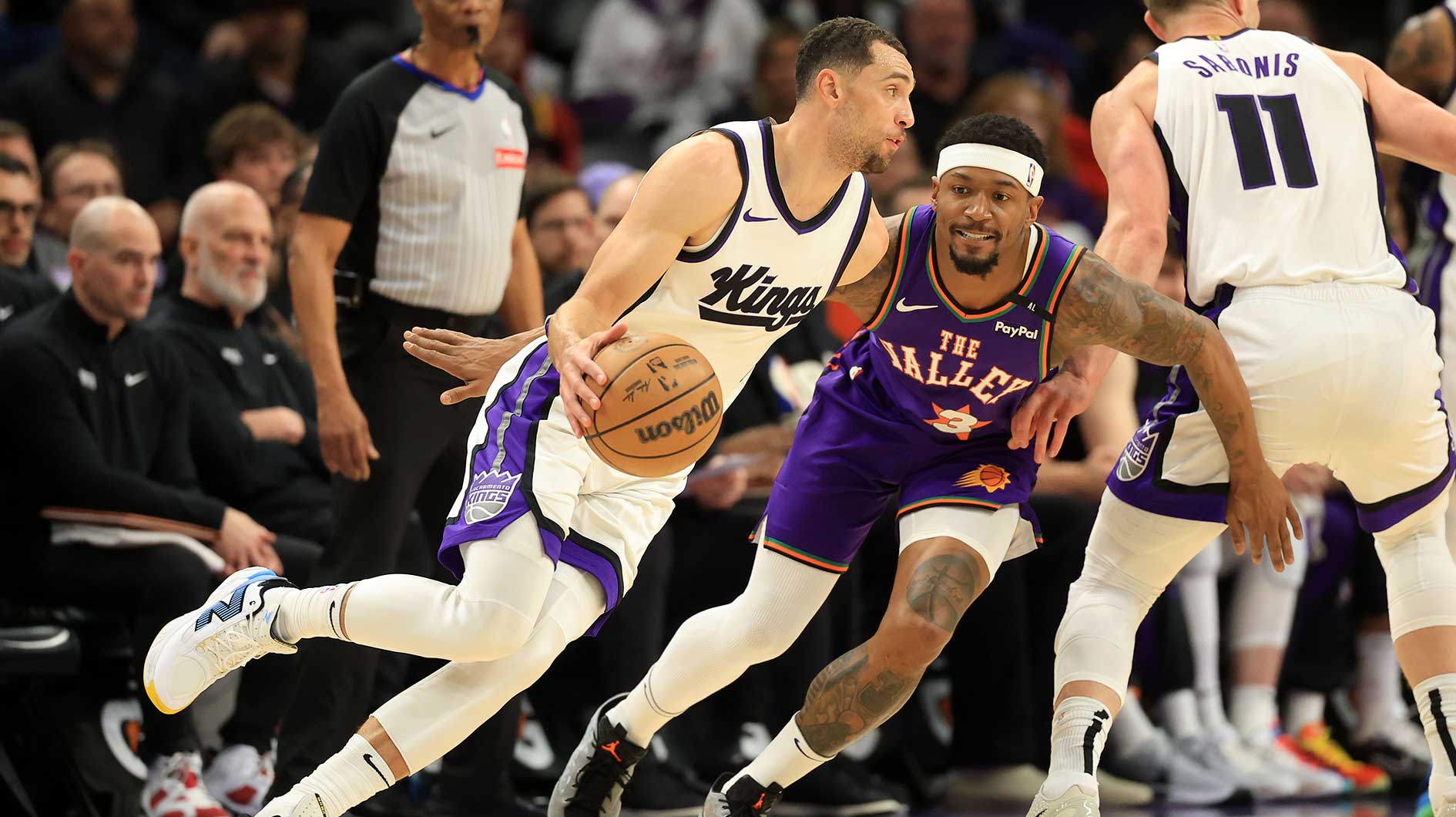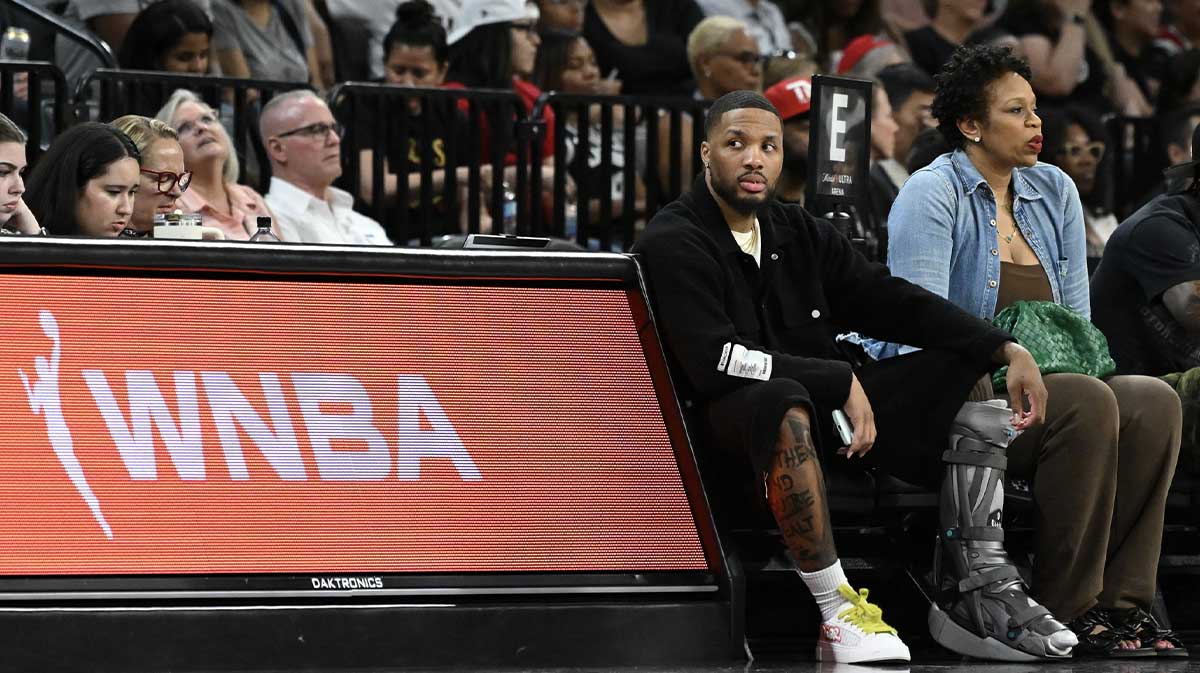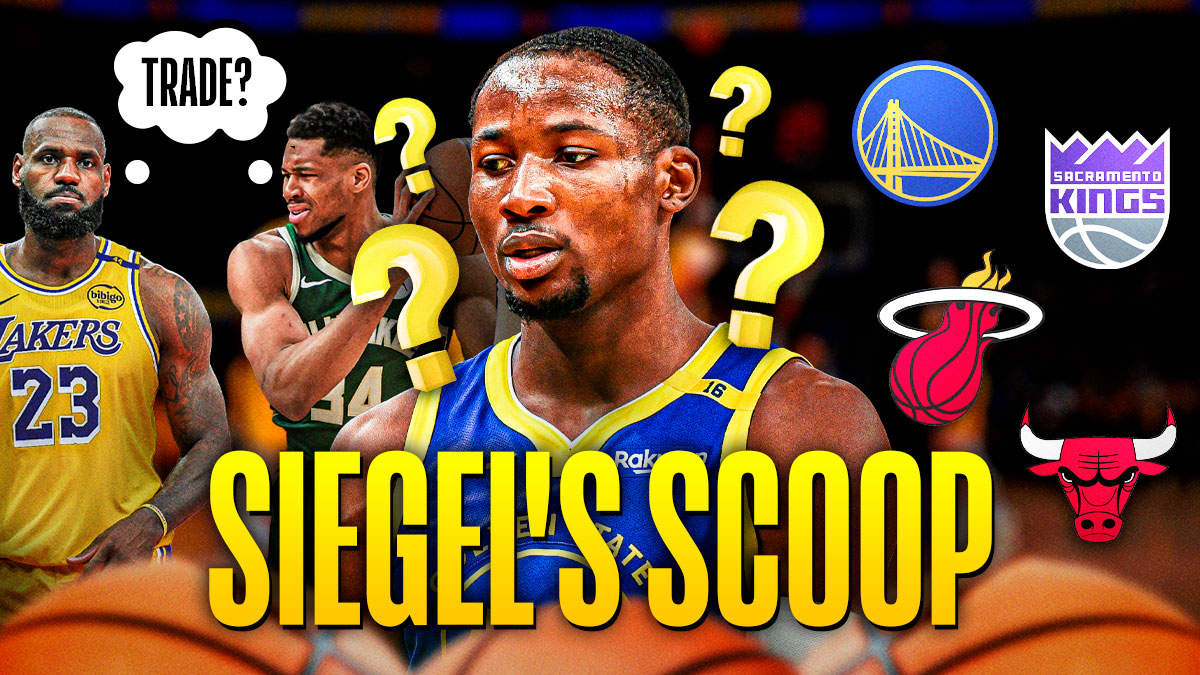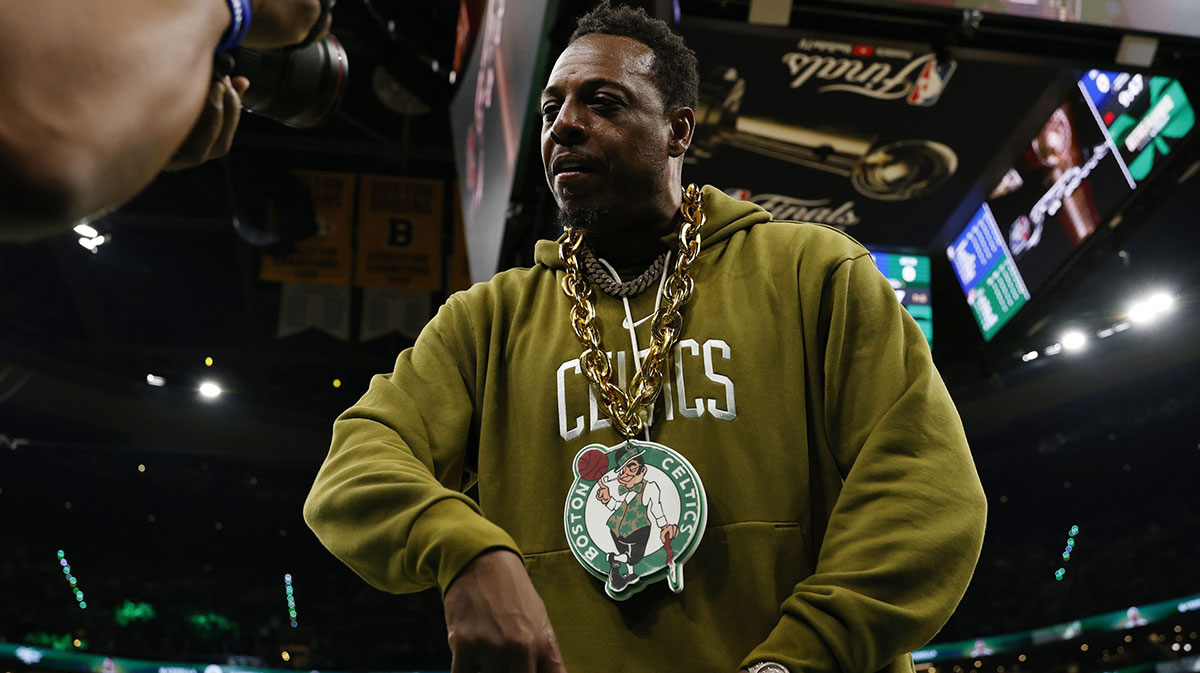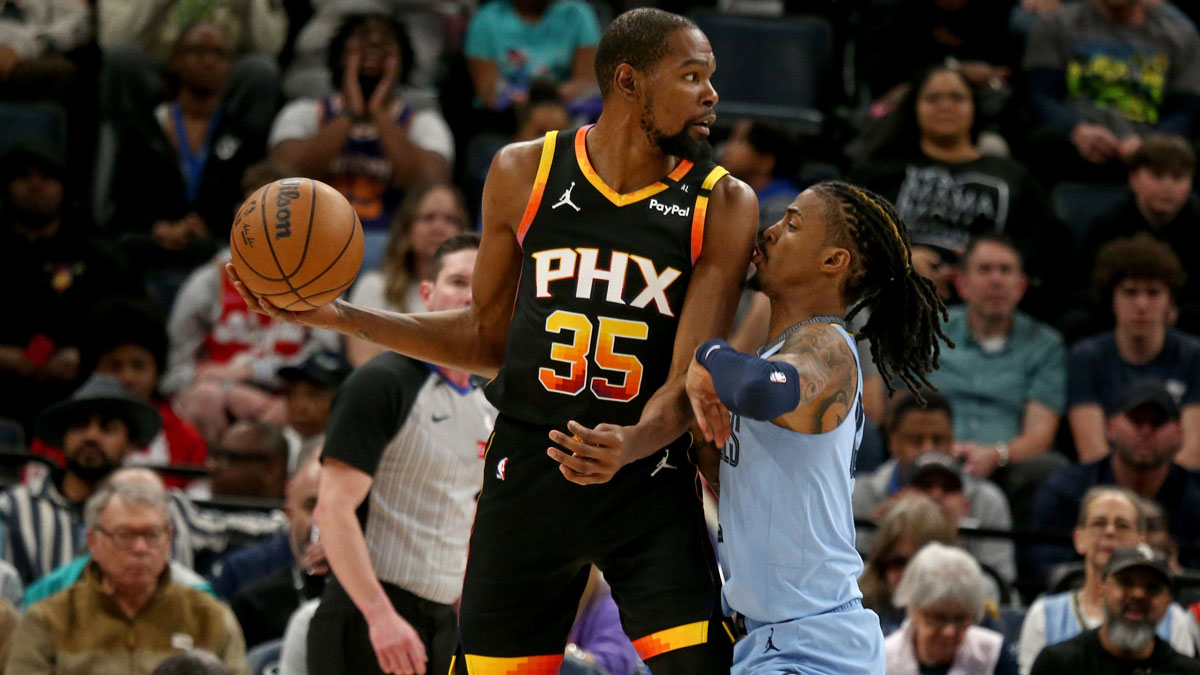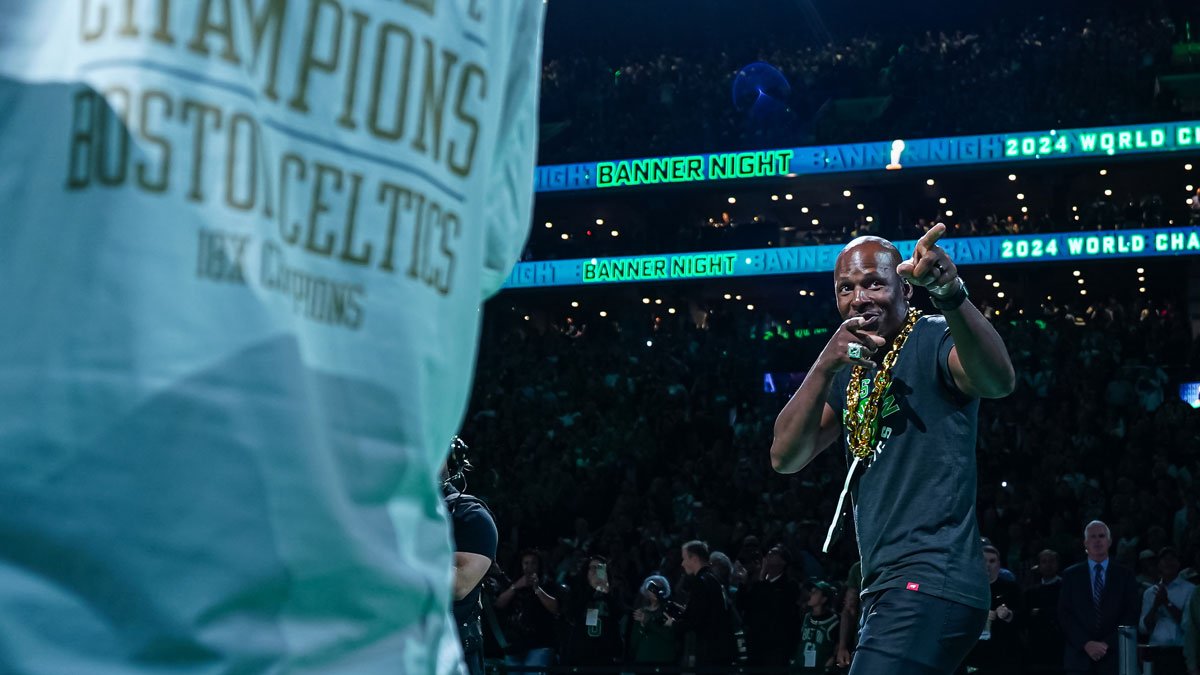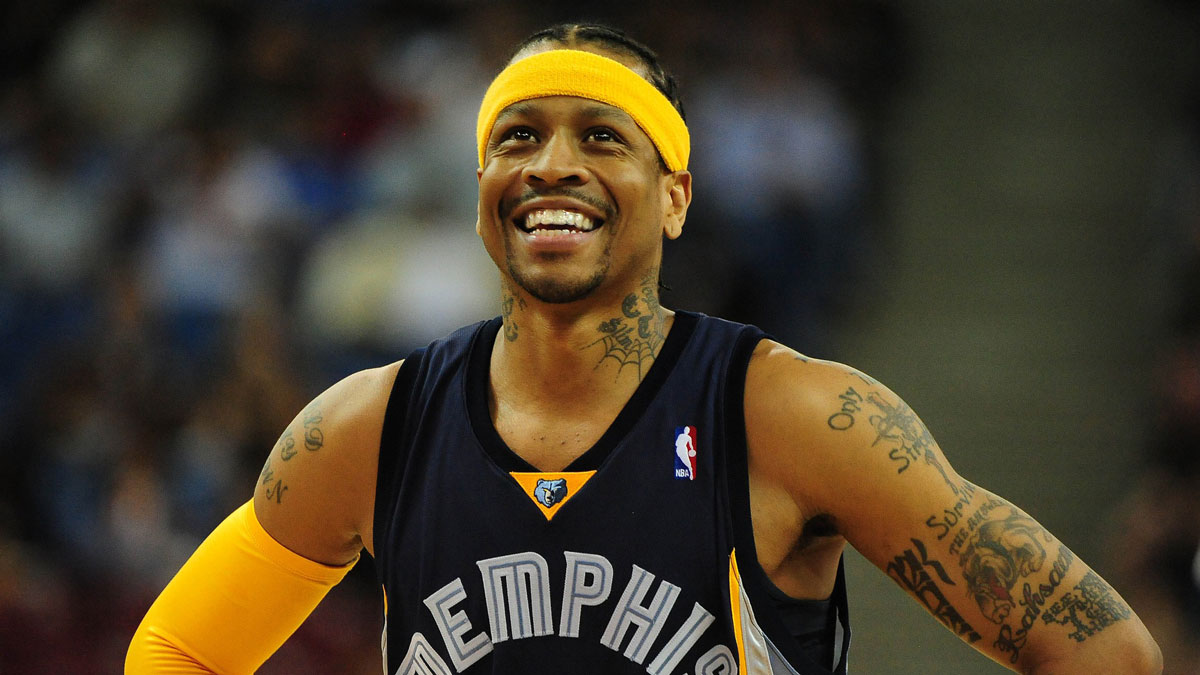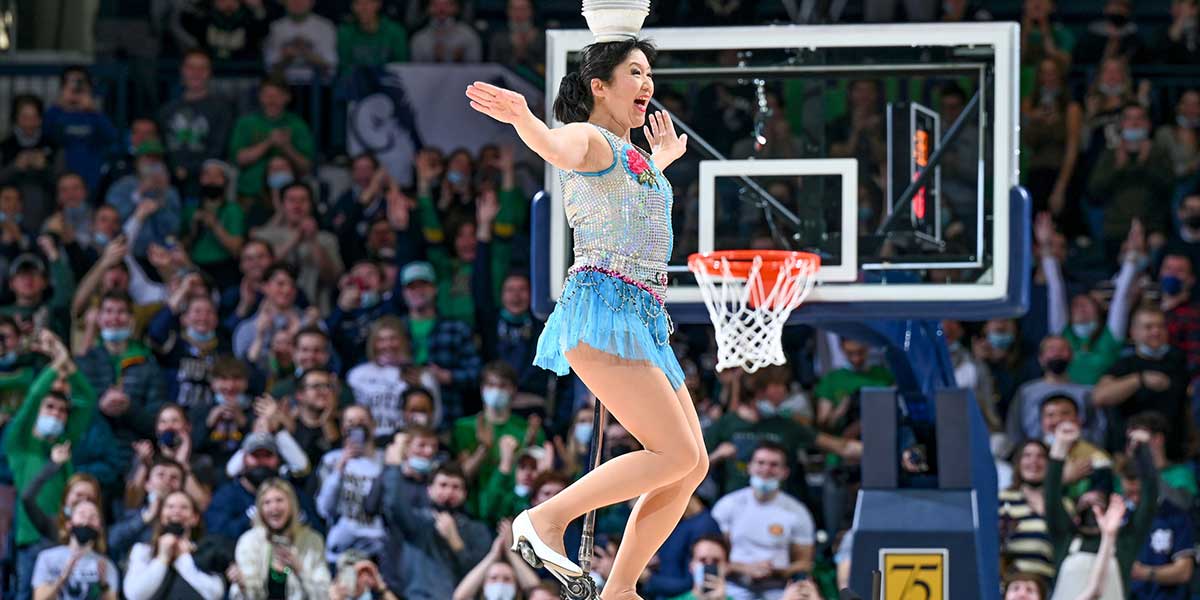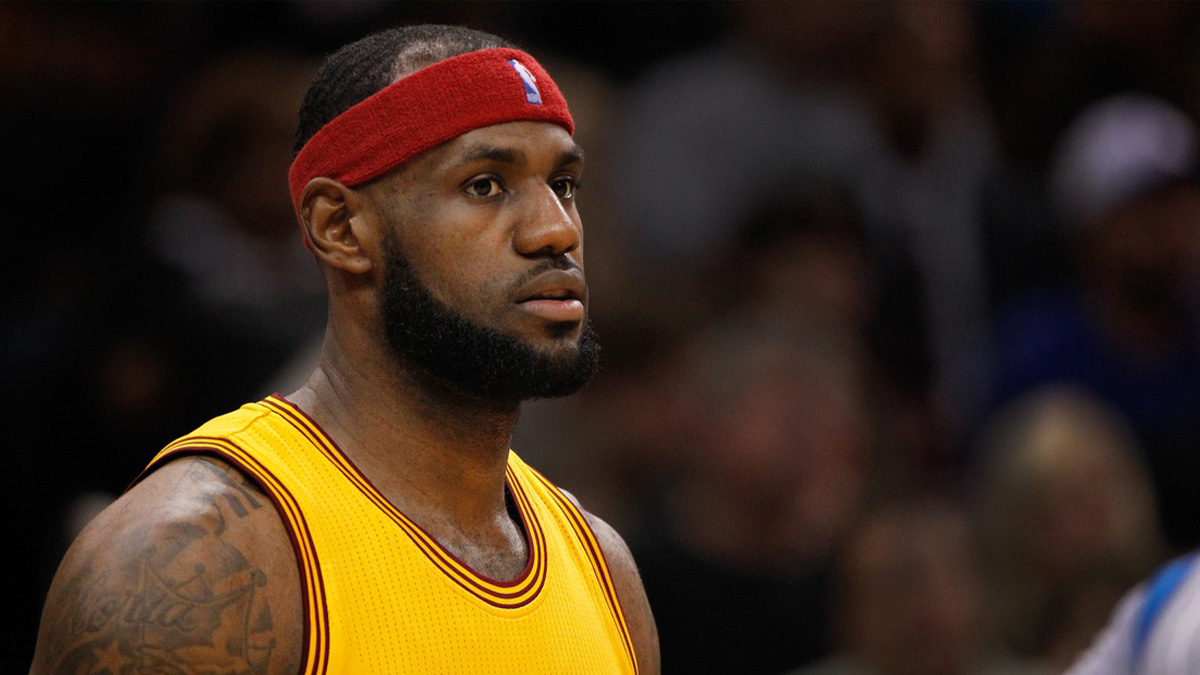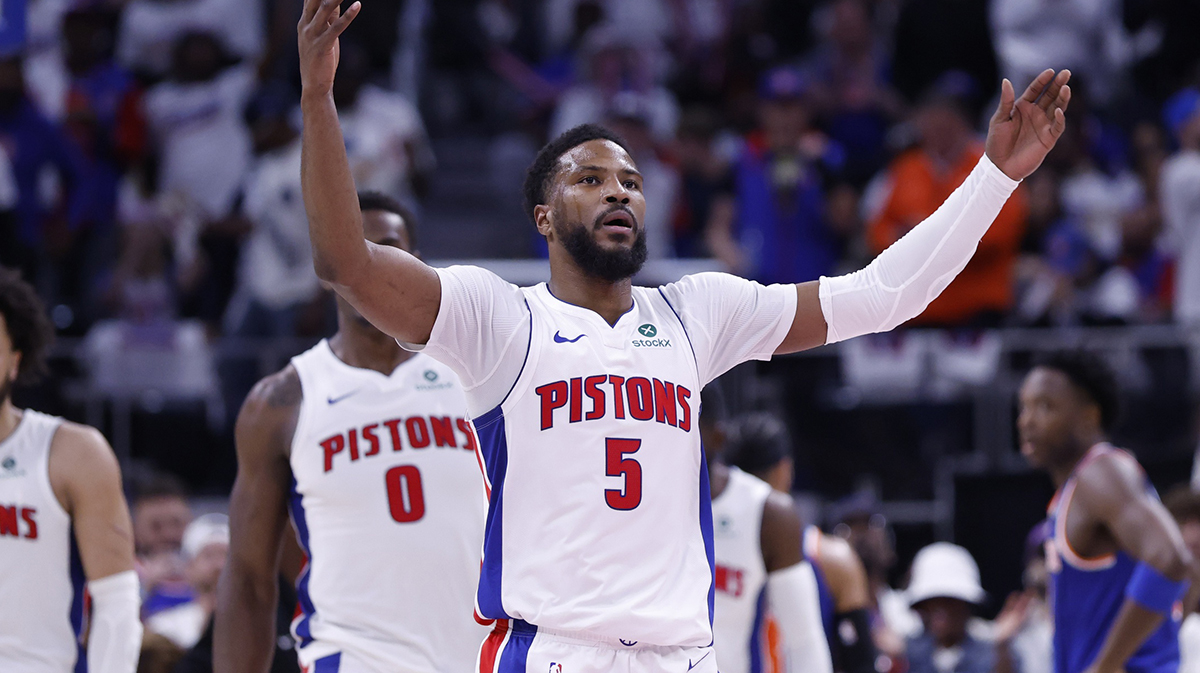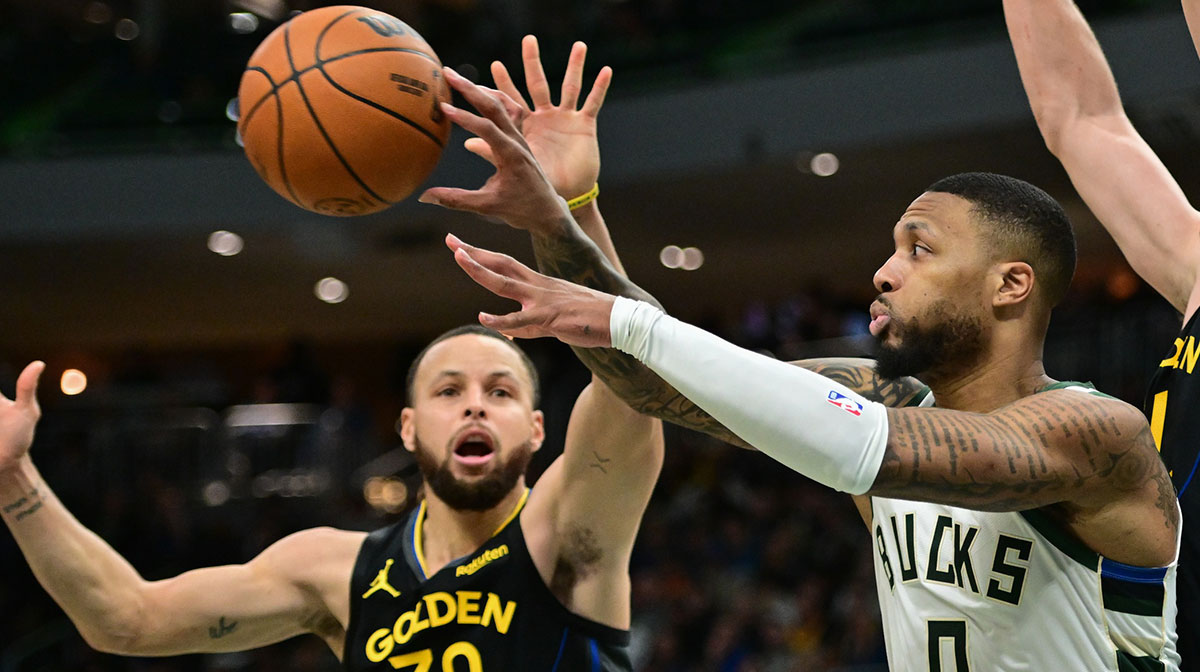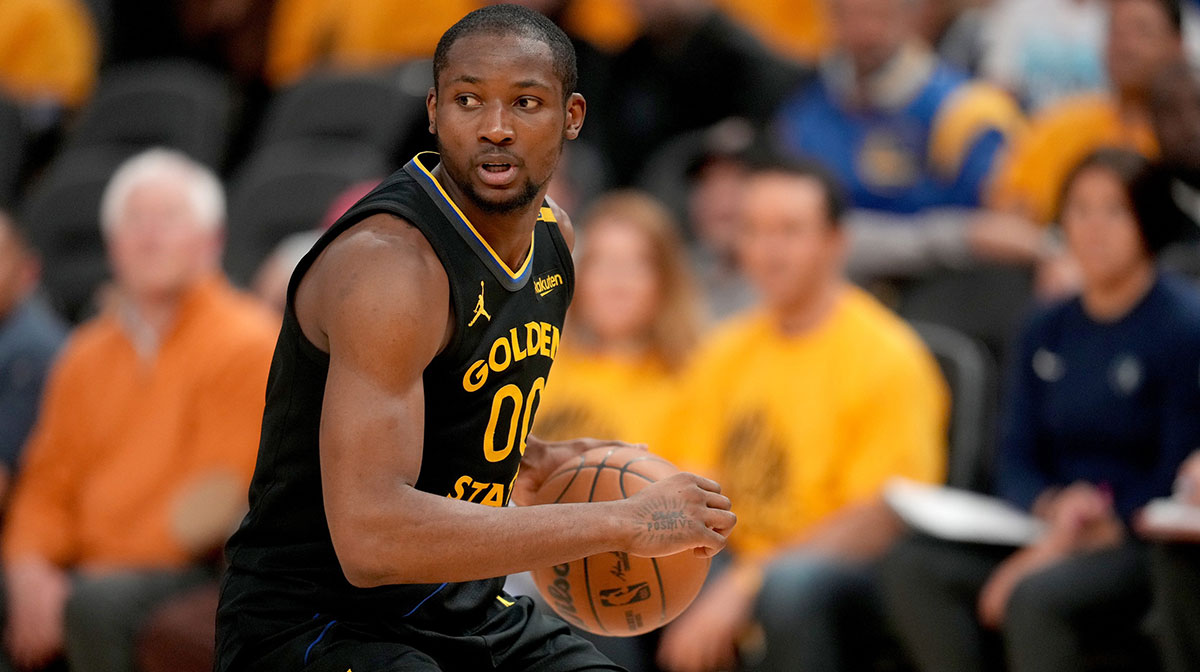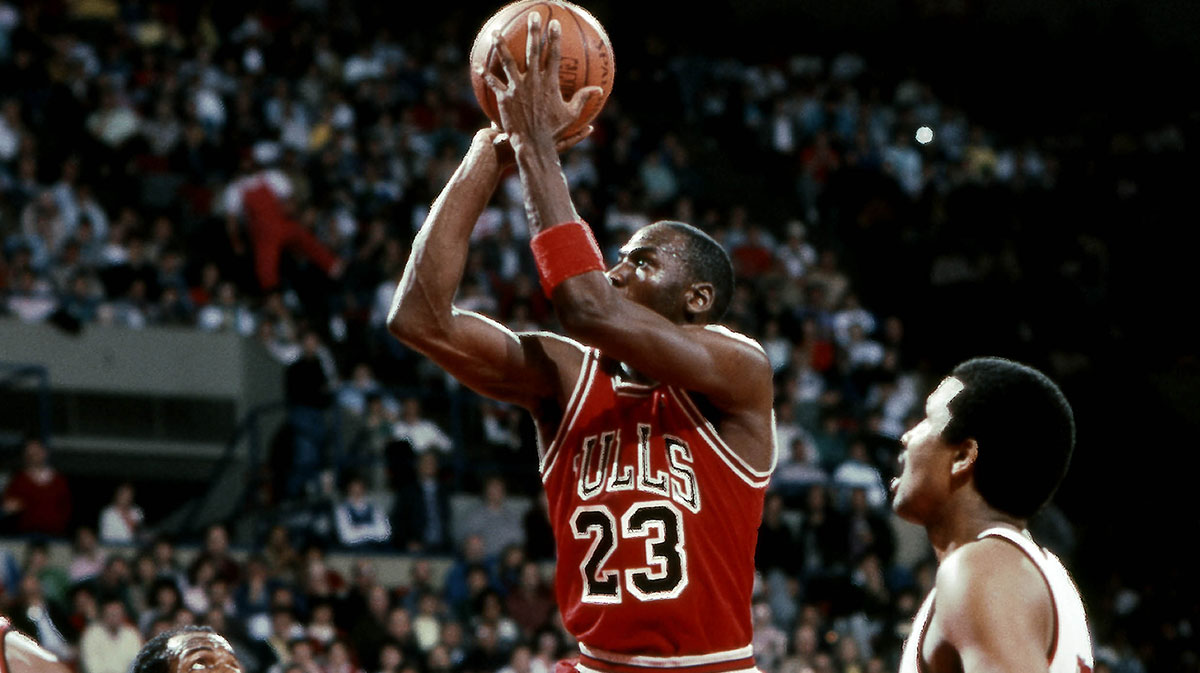In the modern NBA, shooting from 3-point range is almost a must at every position, including center and power forward. Yes, you still have your handful of valuable bigs who don't shoot from the perimeter, but for the most part, the good majority of elite big men in the league can stroke it from distance.
This was not the case in the '90s.
As a matter of fact, if you were a center who shot triples in the '90s, you were seen as soft. It wasn't natural for big guys to be outside the paint.
It was also seen as strange for bigs to be handling the rock and facilitating the offense.
But there were a few players who broke the mold in that regard during what many people consider to be the golden era of basketball.
Here are five big men from the '90s who were ahead of their time.
5. Terry Mills
Terry Mills certainly isn't a household name, and why would he be? He played 11 seasons in the NBA and only averaged double figures four times. He spent most of his career as a bench player.
However, there was something that separated Mills — a 6-foot-10 power forward — from his peers: his ability to shoot the 3-ball.
When Mills entered the NBA with the Denver Nuggets in 1990, his long-range shot was not built in. However, within a few years, the University of Michigan product began to expand his range, and by the 1994-95 campaign, he was attempting four treys per game with the Detroit Pistons.
Not only was Mills shooting 3-pointers, but he was also making them. That year, he shot 38.2 percent from deep. Over the next two seasons, he connected on 39.6 percent and 42.2 percent of his long-range attempts, respectively. That stretch with the Pistons also happened to be the best run of Mills' NBA tenure.
4. Sam Perkins
While Sam Perkins was definitely a better NBA player than Mills and is notable for having played collegiate basketball with Michael Jordan at the University of North Carolina, the casual fan will still probably raise their eyebrows when you mention Perkins' name.
Perkins entered the NBA with the Dallas Mavericks in 1984, but his career lasted through 2001. He wasn't exactly a journeyman, but he did play for four different teams, so he was fairly well-traveled.
You could see early on that Perkins was different. He attempted 36 triples during his rookie campaign, which was unheard of for a big man at that time (Perkins is 6-foot-9).
Then, once Perkins linked up with the George Karl-led Seattle Supersonics in 1993, his 3-point attempts skyrocketed.
Perkins launched 270 treys during the 1993-94 season and then took over 300 3s for the following three years. He did it efficiently, too, hitting on 36.7, 39.7, 35.5 and 39.5 percent of his triples, respectively, over those four seasons. The big man even participated in the 3-Point Contest, though it didn't go well.
The Brooklyn native ended up draining 36.2 percent of his 3-point tries over the course of his NBA career.
3. Anthony Mason
Most of the guys on this list shot the ball from deep. Not Anthony Mason, who was most known for his five-year run with the New York Knicks from 1991 through 1996.
What made Mason different was his ability to handle the ball, pass it and actually run an offense in spite of weighing in the neighborhood of 250 pounds (at least).

Mason was basically Draymond Green before Draymond Green. He was incredibly versatile on both ends. He had a decent mid-range jumper. He was quick. He was ridiculously strong. He could guard multiple positions. As a matter of fact, in his prime, Mason checked all of MJ, Hakeem Olajuwon, Shaquille O'Neal and Vince Carter.
The Tennessee State product passed away in 2015, but there is no doubting his imprint on the game. You may not think Mason was all that influential, but watch some tape of him and then watch Draymond, and tell me you don't see the similarities.
Actually, Mason was arguably a better version of Draymond. He just played in the wrong era.
2. Toni Kukoc
Toni Kukoc achieved what Mason did, and then some.
Entirely capable of bringing the ball up the court and facilitating the offense, Kukoc was also a smooth scorer during his days with the Chicago Bulls, stretching the floor and even shooting over 40 percent from distance one year in 1995-96.
The Croatian certainly wasn't the defender Mason was (not even close), but there were certainly similarities between the two offensively, as Kukoc was a big man who had some guard skills.

Kukoc was also adept at putting the ball on the floor and getting to the free-throw line, much like many other modern stretch 4s in today's game.
The 6-foot-10 forward was so effective that he recorded .231 and .204 Win Shares per 48 minutes, respectively, in his third and fourth seasons in the NBA.
Kukoc played a pivotal role in the Bulls' second three-peat between 1996 and 1998. If he played in 2020, there is no question that his game would translate incredibly well.
1. Clifford Robinson
Good old Uncle Cliffy.
Clifford Robinson broke into the NBA with the Portland Trail Blazers in 1989. It didn't take him long to establish himself as a key player on the roster, as he helped lead the Blazers to the NBA Finals in his first and third seasons in the league.
However, it wasn't until a bit later on that Robinson would pave the way for a new breed of power forwards.
During his sixth NBA season in 1994-95, Robinson suddenly hoisted 383 3-pointers, making 37.1 percent of them and averaging 21.3 points per game in the process. He posted similar results the following year, taking 471 triples and making them at a 37.8 percent rate, registering 21.1 points a night.
The 3-point shot went on to become a trademark of Robinson's, as he ended up converting on 35.6 percent of his treys throughout his 18-year NBA tenure.
Robinson wasn't just a perimeter shooter, either. He could also drive the ball to the rim and draw contact, like in 1995-96 when he recorded 6.9 free-throw attempts per game.
Now 53 years old, Robinson doesn't like being labeled a 3-point shooter, because he certainly wasn't a specialist. But his influence on the modern game is clearly palpable.

